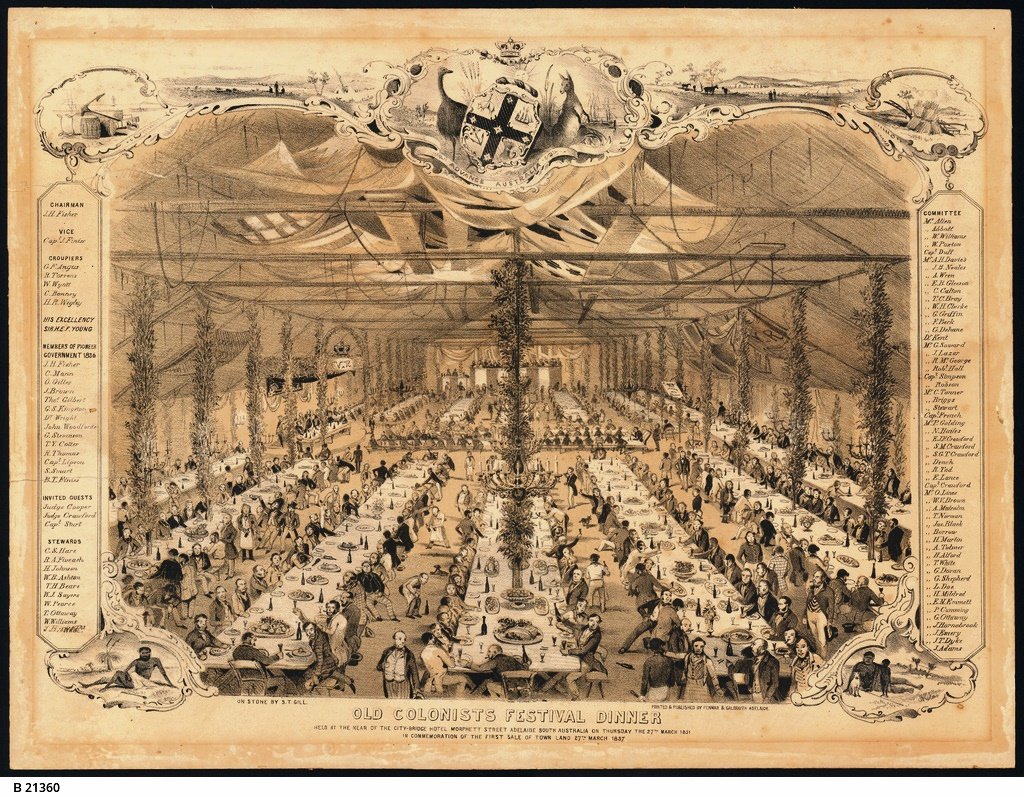The year 1836 marked a significant turning point in Australian history as South Australia was proclaimed a British colony on December 28th. This event not only marked the official founding of the province but also played a crucial role in the expansion and colonization of Australia.
Prior to 1836, Australia had already seen the establishment of several British colonies, including New South Wales, Tasmania, and Western Australia. However, unlike its counterparts, South Australia was unique in its founding principles. It was established as a free settlement without the transportation of convicts, and its founders aimed to create a financially self-sufficient colony.
The decision to establish South Australia as a free settlement was influenced by a number of factors. One of the key figures behind this idea was Edward Gibbon Wakefield, a British politician and social reformer. Wakefield believed that by creating a colony based on the principles of systematic colonization and a fair land distribution system, it would attract a better class of settlers and promote social harmony.
On December 28th, 1836, the first fleet of British settlers and officials arrived at what is now known as Glenelg, marking the official establishment of South Australia as a British colony. The early years were challenging, with the settlers facing numerous difficulties such as harsh weather conditions, limited resources, and conflicts with the indigenous population.
Despite these challenges, South Australia gradually grew and prospered. The colony’s unique system of land sales, known as the “Wakefield System,” played a crucial role in its success. Under this system, land was sold at a fixed price per acre, with the proceeds being used to fund various infrastructure projects and attract skilled migrants.
By the mid-19th century, South Australia had become a thriving colony with a diverse economy. Its fertile land and favorable climate made it ideal for agriculture, and industries such as wheat farming, wool production, and mining flourished. The colony also became a center for education and culture, with the establishment of universities, libraries, and art galleries.
The impact of South Australia’s establishment as a free settlement without convict transportation cannot be overstated. It attracted a different demographic of settlers compared to other colonies, with a focus on skilled migrants and entrepreneurs. This led to the development of a strong middle class and a culture of innovation and entrepreneurship.
Furthermore, South Australia’s success as a self-sufficient colony served as a model for future developments in Australia. It demonstrated that a colony could thrive without relying on convict labor and paved the way for the establishment of other free settlements in the country.
Today, the legacy of South Australia’s founding in 1836 is evident in the state’s vibrant culture, thriving economy, and strong sense of identity. The colony’s commitment to principles such as fairness, self-sufficiency, and social harmony continues to shape the region.
In conclusion, the proclamation of South Australia as a British colony on December 28th, 1836, was a pivotal moment in Australian history. It marked the official founding of the province and set it apart from other colonies with its unique principles of free settlement and financial self-sufficiency. The impact of this event can still be felt today in the thriving state of South Australia.
SEO Excerpt:
South Australia Becomes a British Colony (1836) – Learn about the historical significance of South Australia’s proclamation as a British colony on December 28, 1836. Discover how this event shaped the expansion and colonization of Australia, and its lasting impact on the state of South Australia today.

